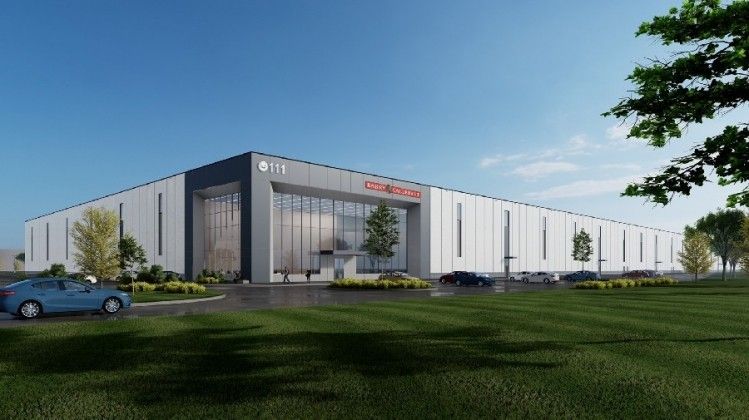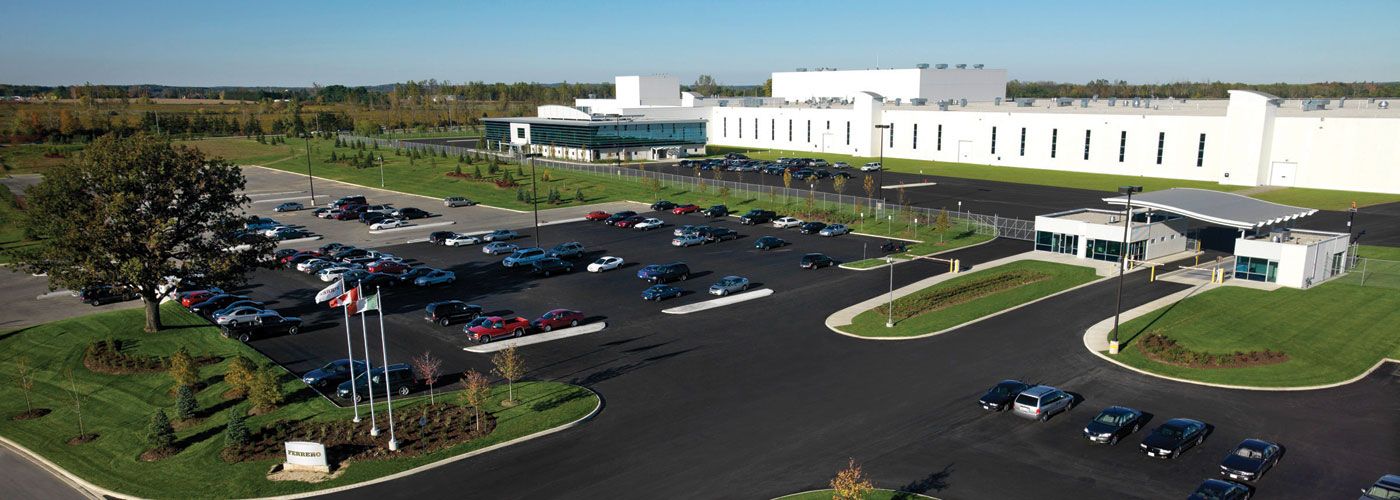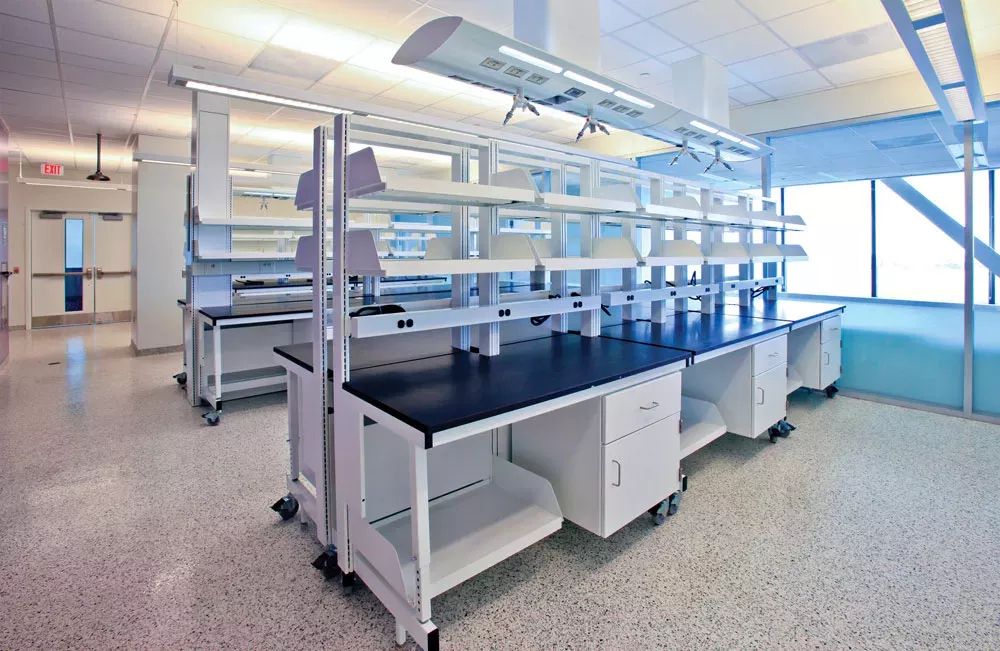October 13th, 2023
“He, therefore, who is now against domestic manufacture, must be for reducing us either to dependence on that foreign nation, or to be clothed in skins, and to live like wild beasts in dens and caverns. I am not one of these; experience has taught me that manufactures are now as necessary to our independence as to our comfort.”
- Thomas Jefferson, in a letter to Benjamin Austin – January 9, 1816
While many pundits may proclaim novel concepts and fashionable trends to be innovative and groundbreaking, the truth is that history repeats itself.
It certainly does.
The issue is that it is only known until the memory of the last person to experience it has faded or been extinguished.
And thus today, the act of near-shoring (moving operations to a more proximate location) or re-shoring (returning a once-present operation to its place of origin) is touted as a cutting-edge solution to supply chain bottlenecks, global instability, inflation, and labour shortages.
Yet, these very ideas were once a virtue of independent and wealthy nations.
While technology has certainly reshaped the world and made possible the arbitrage of input costs and the creation of an intricate, global network of trade, the aforementioned principles remain.
Consumers relished the power and convenience of one-click, next-day delivery of goods from a catalog with billions of choices. However, as our online shopping addictions were rocked by the pandemic, we began to temper our preferences to include stability, reliability, quality, and affordability; even at the expense of waiting just a little bit longer.
Not only that, but we began to see the effects of a dependence on global partners unfold before our eyes in sectors with high-value and high-priority goods, such as automobiles, groceries, medicines, and commodities.
A slight delay in the delivery of that new gadget or wardrobe item paled in comparison to empty food shelves and electric vehicles with year-long waitlists and jaw-dropping prices. It was no longer a theory or distant concern, but one that raised questions as to how can we, as a collective, ensure that there was a backup option should ports jam, factories shut down, or countries limit exports.
And so businesses began adding contingencies to their operations. First, we saw buffer inventories that led to a significant supply glut (fueling even larger holidays sales), followed by the shift to ‘just-in-case’ models, and announcements of operations moving to Mexico, the United States, and Canada.
This isn’t to say that a single nation, like Canada, needs to produce everything and anything and turn its back on the world.
No. What it means is that this is an opportunity to be a part of the broader competitive landscape, provide more options to consumers and at a lower price, reignite our struggling manufacturing sector, and reap the benefits of a growing and highly-skilled labour force. It’s the excuse we need to take a few steps forward.
We’ll be just fine importing wine and olives from the Mediterranean; so long as we can produce the staples and aim to lead in a few key sectors best-suited to us.
In our previous issues we have highlighted Ontario’s newfound leadership in electric vehicle manufacturing, green technologies, and the innovative production of food and pharmaceuticals.
We also highlighted the key concepts of superclusters and how public and private partnerships are helping to finance the development of innovation hubs, as well as real estate pockets with growing densities of businesses.
What we will embark on in this, and coming, issues is a closer examination and spotlight on various hubs throughout Southern Ontario, and how they are slowly transforming the province back into a manufacturing leader.
So without further ado, let’s take a brief look at the City of Brantford and note a few of the more prominent businesses, along with their real estate.
Brantford Spotlight on Manufacturers and Cornerstone Businesses
The City of Brantford is an established leader in several key sectors, such as food production and processing, plastics and rubber products, and advanced manufacturing. According to Advantage Brantford, the city is home to over 6.65 MSF of manufacturing operations across those three industries, with 68 major companies employing over 5,500 people.
And with market dynamics across Southern Ontario pushing many tenants and developers west of the Greater Toronto Area and into the surrounding markets, Brantford is expected to see numerous relocations and expansions in the coming years. Below, we are highlighting just three of the region’s many success stories.

Newcomer: Swiss Chocolatier Barry Callebaut Group is investing $104 million USD into its new, 410,040 square-foot Brantford facility located at 4 Bowery Road. Expected to open in 2024, the plant will be focused on “sugar-free, high protein and other specialty chocolate products” and will bring with it more than 200 jobs. The property will be located within Granite REIT’s new Granite Telephone City Logistics Centre and will occupy about one quarter of the industrial business park. Barry Callebaut selected Brantford for its connectivity, access to labour pool, and proximity to other major food and beverage manufacturers.

Notable Expansion: In October 2006, Italian chocolatier Ferrero opened a 900,000 square foot manufacturing facility in Brantford at 1 Ferrero Boulevard. This initial construction was the first of three phases which would allow for a doubling in size.
Later, in 2016, Ferrero Canada announced plans for the addition of three new production lines as part of a $36.1-million investment. Today, the facility is estimated at around 1.4 MSF in size, with enough excess lands to reach its original goal of 1.8 MSF. Some of the products manufactured in Brantford include: Tic Tac, Ferrero Rocher, Nutella, Raffaello, Kinder, Giotto and Duplo.

Established Player: Mott Manufacturing has an almost 100-year-old relationship with the region, having just commemorated its 60th anniversary since its purchase and renaming in 1963. The long-time Brantford business is a leader in custom laboratory furniture; designing and fabricating state-of-the-art products such as lab casework, workstations, fume hoods, sinks, and pegboards.
Forty years later, in 2003, the company moved into its current Brantford facility at 452 Hardy Road; 100,000 square feet in size at the time. Following expansions in 2010 and 2015, the property currently sits at approximately 223,000 SF and allows Mott Manufacturing to cut, bend, weld, and powder-coat, as well as assemble all of its final products on-site. Employing over 320 people, Mott’s Brantford location helps it service customers across North America.
Other businesses not featured but worth noting: Adidas, Apotex Pharmachem, Aspire Bakeries, Barry Callebaut, Becel (Upfield Canada), Custom Injection Molders, Bowman Precision Tooling, Emerson, Evolve Recycling, Ferrero, Fowler Metal, Gates Canada, GreenMantra, Hartmann Canada, Hershey, Maple Leaf Foods, Massilly, Mitsui High-tec, Miura Boiler, Mott Manufacturing, Numesh, Patriot Forge, Samuel Metal Blanking, Slacan Industries, Tigercat, Tim Horton’s, Treehouse, Wentworth Tech, Ventura Foods, Zamboni.
What’s Next for Brantford?
While there are numerous noteworthy initiative underway in Brantford, there is one major project worth highlighting again.
Rest Acres Road Business Park, Brantford – 1.8 MSF – Development

Panattoni is bringing to market approximately 1.8 million square feet of industrial space over 6 buildings on Bethel Rd – in the Rest Acres Road Business Park, in Brantford, Ontario. The warehouses will be 671,162 SF, 392,398 SF, 319,865 SF, 133,483 SF, 126,099 SF, and 352,318 SF in size, respectively, and feature 40 foot clear heights. Expected delivery is in 2024.
Conclusion:
All of these businesses are carrying the torch for domestic manufacturing. The hope is, as Canadian producers become more competitive, that exports and demand from increased in employment will support further investment and expansion.
This growth will manifest through the need for more modern manufacturing facilities and the creation of new businesses to supply talent, equipment, and materials.
Not only will all of this help bring in both investment and income from exports, as well as help employ hundreds of thousands of people in the long-run, but it will further secure supply chains, reduce waste in cross-globe transportation, and make us collectively independent from the many external factors which we saw play out during and following the pandemic.
In any event, industrial land and properties are the common element throughout and their development will play a pivotal role in the final outcomes.
When, where, what, and how these new projects come about is largely unknown but ready to be written by those with the vision and appetite to make it happen.
What we know for certain is why; and it has become clear that Ontario wants to be back in the conversation as an independent and innovative region.
For a confidential consultation or a complimentary opinion of value of your property please give us a call.
Until next week…
Goran Brelih and his team have been servicing Investors and Occupiers of Industrial properties in Toronto Central and Toronto North markets for the past 30 years.
Goran Brelih is an Executive Vice President for Cushman & Wakefield ULC in the Greater Toronto Area.
Over the past 30 years, he has been involved in the lease or sale of approximately 25.7 million square feet of industrial space, valued in excess of $1.6 billion dollars while averaging between 40 and 50 transactions per year and achieving the highest level of sales, from the President’s Round Table to Top Ten in GTA and the National Top Ten.
Specialties:
Industrial Real Estate Sales and Leasing, Investment Sales, Design-Build and Land Development
About Cushman & Wakefield ULC.
Cushman & Wakefield (NYSE: CWK) is a leading global real estate services firm that delivers exceptional value for real estate occupiers and owners. Cushman & Wakefield is among the largest real estate services firms with approximately 53,000 employees in 400 offices and 60 countries.
In 2020, the firm had revenue of $7.8 billion across core services of property, facilities and project management, leasing, capital markets, valuation and other services. To learn more, visit www.cushmanwakefield.com.
For more information on GTA Industrial Real Estate Market or to discuss how they can assist you with your real estate needs please contact Goran at 416-756-5456, email at goran.brelih@cushwake.com, or visit www.goranbrelih.com.
Connect with Me Here! – Goran Brelih’s Linkedin Profile: https://ca.linkedin.com/in/goranbrelih
Goran Brelih, SIOR
Executive Vice President, Broker
Cushman & Wakefield ULC, Brokerage.
www.cushmanwakefield.com
Office: 416-756-5456
Mobile: 416-458-4264
Mail: goran.brelih@cushwake.com
Website: www.goranbrelih.com


